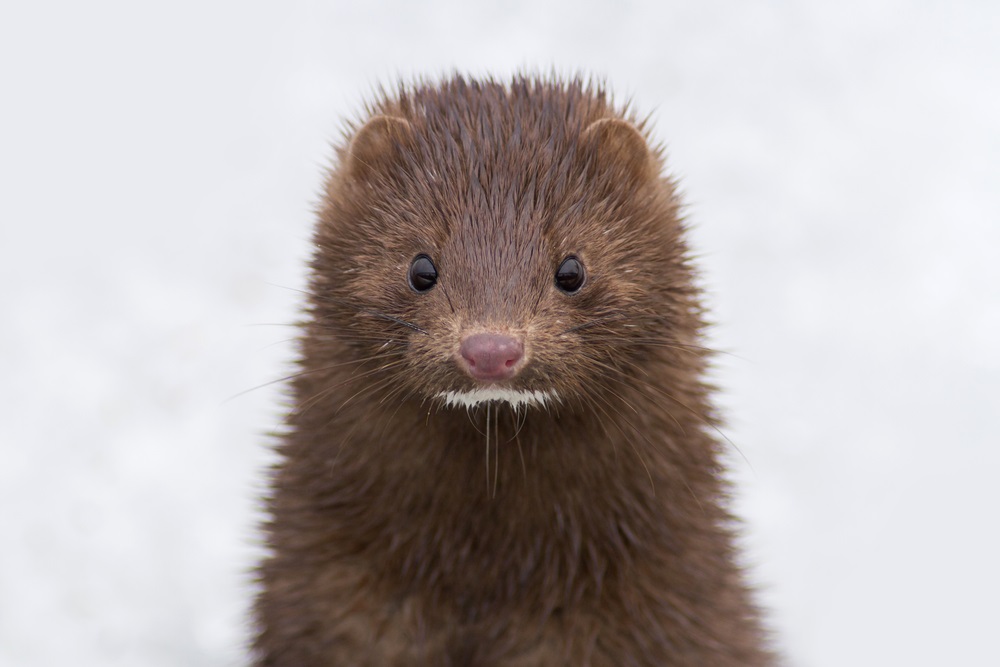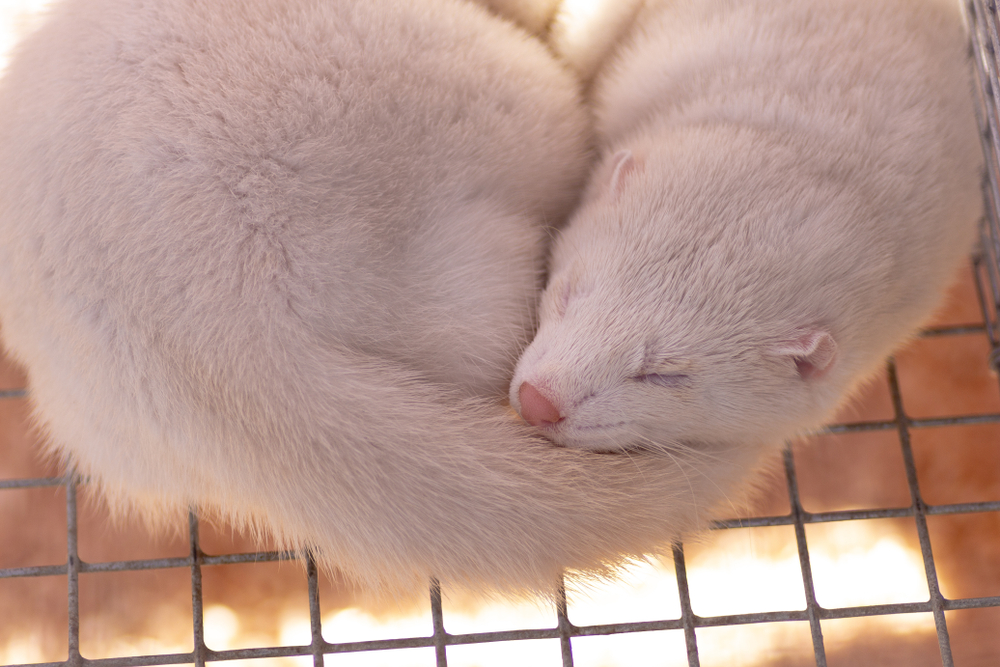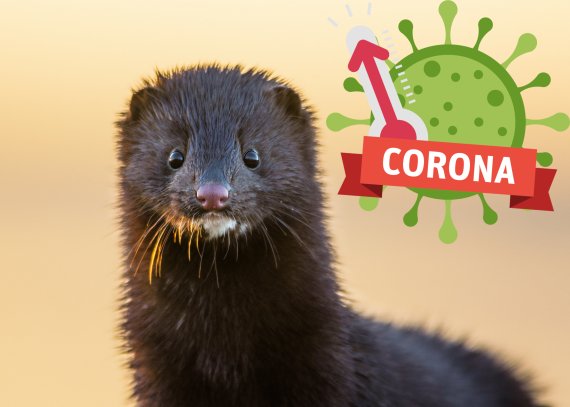Does the infection of the minks come as a surprise?
‘Ferrets, the species to which minks belong, are sensitive to coronavirus infection due to the particular receptacles these creatures’ cells have, which allow the virus to latch on. Ferrets infected with the virus in lab conditions, show very few clinical symptoms. Minks could show more symptoms of the disease if they are also infected by other pathogens, which is never the case with lab animals. We will have to study this further.’
Since the start of the outbreak, the coronavirus has been found in tigers, cats and minks. How likely is it that other species will be affected?
Unlikely. Possibly rats and mice. We were already aware that felines, like ferrets, have cel receptacles for the virus. Several cats in the Netherlands have been tested, but none were found to be infected. It is possible they were tested in a later stage, which prevented the virus from being detected. We may find some cases in cats in the future.’
How likely is the virus to be transferred from animals to humans?
‘The chance that minks or cats infect humans appears small, as, to date, no incidents of contamination from animals to humans have been reported. The coronavirus circulates among humans, and you are much more likely to contract it through contact with other humans. The virus appears to have been transferred to minks by humans, a process called anthroponosis. We are currently studying how it will spread from there. We feel that this is an acute outbreak, and one of the farms seems to have already had its peak in the disease. It is unlikely that the animals will serve as a reservoir.’
The outbreak has occurred in an area known for a previous Q-fever outbreak. Is this a coincidence?
Many livestock farms are located in this area, poultry, pigs and minks in particular. Generally, these areas will also have a higher concentration of dust in the atmosphere. But there is no link between this outbreak and other outbreaks, as these are different diseases with unique distribution mechanisms.
The prohibition of mink farms means that mink farmers are to dismantle their business by 2024. Will the outbreak impact this?
‘Minister Schouten (Carola Schouten, Minister of Agriculture Ed.) has stated in her letter that she sees this as two separate incidents, and I feel this is correct. I hope, for the mink farmers’ sake, that this is a temporary issue. After all, the financial implications are added to the already existing issue of dismantling the farms.’
Should we reconsider how we cohabit with animals?
‘Over the last decade, some 60-70 per cent of the new infectious diseases originated in animals. However, if you consider humans to be just one among many different species, it is no wonder that most infections in humans come from animals. The introduction of diseases in humans originating from wildlife is an issue to be considered. Places where many different species are brought together, such as the wildlife markets in China, are potential hotspots for the introduction of new viruses. Warnings in this regard have already been issued in the past. Chines authorities are willing to address this issue, but whether this will improve matters remains to be seen. I do hope so.’
And what about intensive livestock farming?
This corona epidemic has no direct link to livestock farming, unlike, for example, the outbreak of avian influenza. However, in the future, other diseases may emerge that transfer from animals to humans. We must give the development of new initiatives in livestock farming careful consideration. An example is insect farming for food production. I believe this holds enormous potential, but we must research the risks, to avoid being unexpectedly confronted with a new pathogen.’




